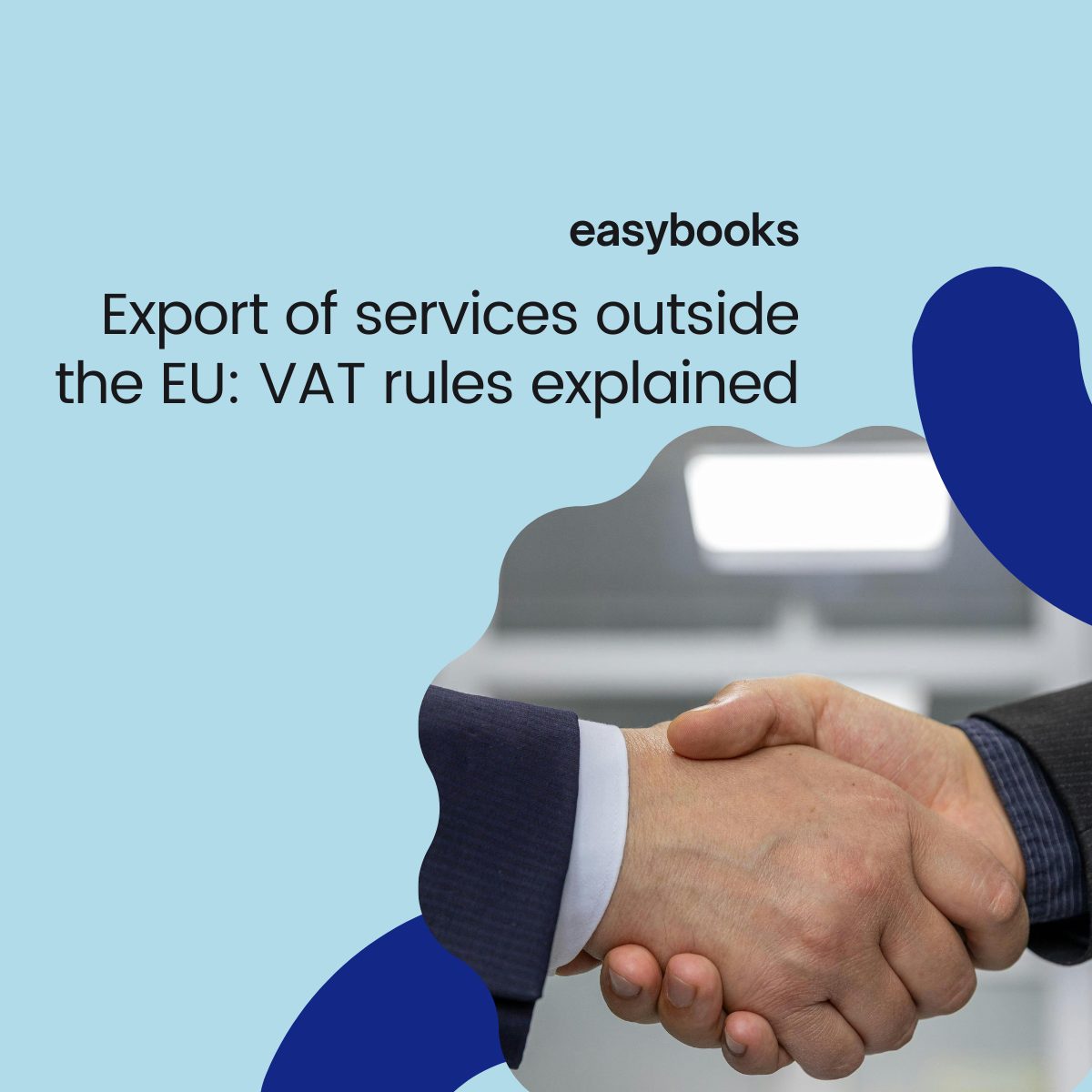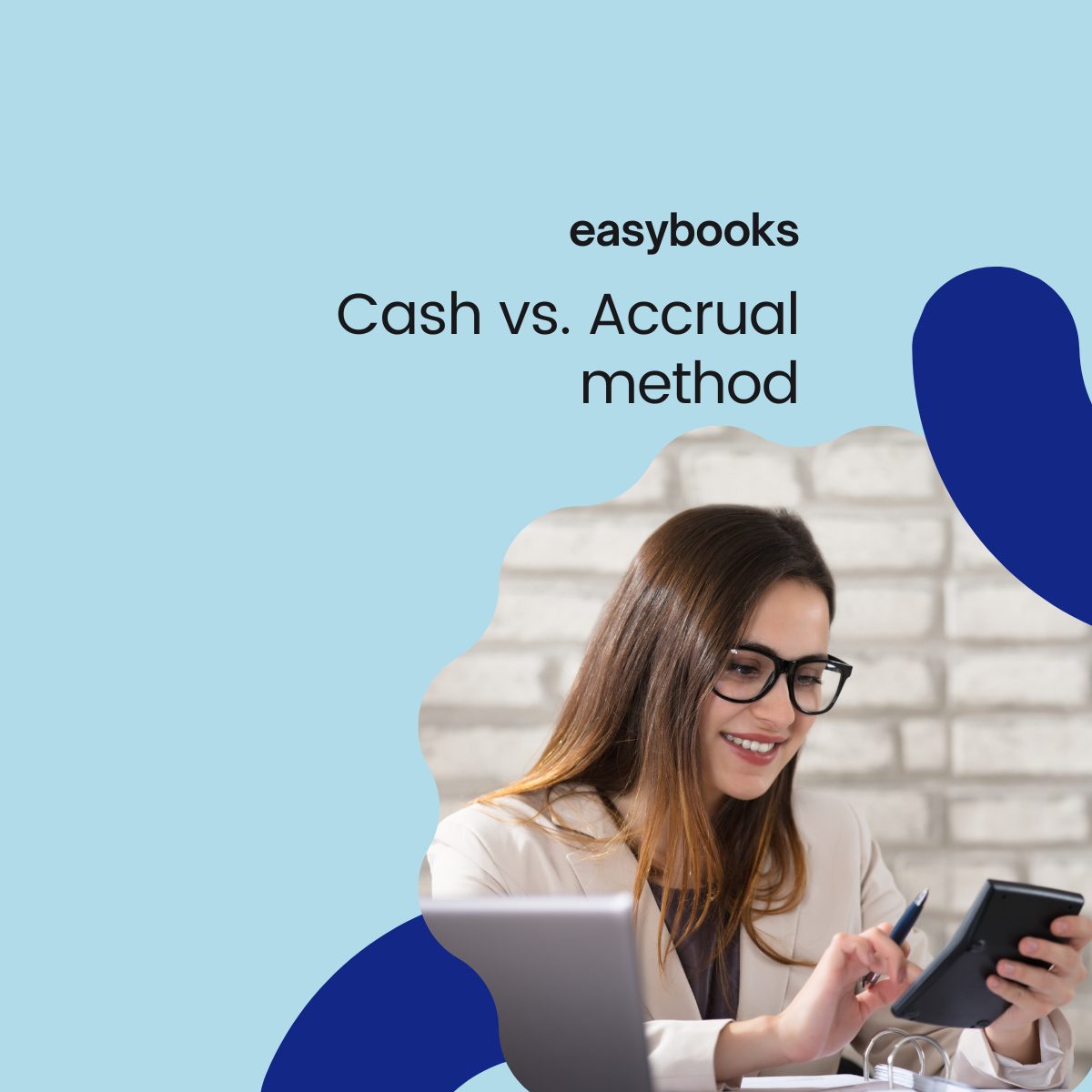Cash vs. Accrual method
Settling VAT is a mandatory task for every active taxpayer in Poland. In 2025, businesses can choose between two main VAT accounting methods: the cash method and the accrual (memorandum) method. Choosing the right method directly impacts cash flow management, reporting deadlines, and overall financial strategy.
For businesses looking for professional help, accounting services can guide you through VAT settlement and regulatory compliance.
What is a cash method?
The cash method is designed primarily for small taxpayers – entrepreneurs whose gross sales in the previous year did not exceed €2 million (according to the NBP exchange rate on the first working day of October of the preceding year).
According to Article 21 of the Polish VAT Act, under the cash method, the tax obligation arises only when payment is received (fully or partially). For transactions with non-business individuals, the obligation arises no later than 180 days after the delivery of goods or provision of services.
VAT on purchases can only be deducted after payment to the supplier. This makes the cash method closely aligned with actual cash flow, which simplifies budget management and reduces the risk of paying VAT on unpaid invoices.
If you want to understand the tax obligations and planning options, professional Taxes guidance ensures your VAT is correctly reported and optimized.
Advantages of cash method
- Protects cash flow – VAT is paid only after receiving payments.
- Reduces the risk of paying VAT on unpaid invoices.
- Reflects actual financial flows in the business.
- Helps micro-enterprises manage every euro of liquidity.
Disadvantages of cash method
- Only available to small taxpayers.
- Not applicable to all transactions (e.g., import, reverse charge, or intra-community transactions).
- Requires careful tracking of payments and quarterly filings.
To use this method, taxpayers must submit a VAT-R form by the end of the month preceding the period they wish to apply the cash method. Invoices must include the note: “cash method”.
What is an accrual method?
The accrual method is the default VAT accounting method in Poland. According to Article 19a of the VAT Act, the tax obligation arises at the moment of providing goods or services or issuing an invoice – regardless of when the client actually pays.
For example, if an invoice is issued on March 25 with a 60-day payment term, VAT must be accounted for in March, even if the payment is received in May.
VAT on purchases can be deducted when the supplier’s tax obligation arises, meaning VAT settlement occurs independent of actual cash flows.
Advantages of an accrual method
- Simpler accounting – no need to track exact payment dates.
- Aligns with the accrual principle in accounting, reflecting the period to which revenues and costs relate.
- Suitable for medium and large companies with many monthly transactions, facilitating automation and financial control.
Disadvantages of an accrual method
- Can negatively affect cash flow – VAT must be paid before receiving client payments.
- Potential cash flow bottlenecks, especially in industries with long payment terms such as construction or services.
Choosing between the cash method and accrual method in 2025 depends on your business size, cash flow priorities.
Contact us, if you need additional support in Accounting and HR & Payroll services.
Text based on: INFORLEX
Read our latest Posts
We love to talk to you!
Contact Us!
Explore EasyBooks for top notch accounting services. Reach out to us today for personalized assistance!




